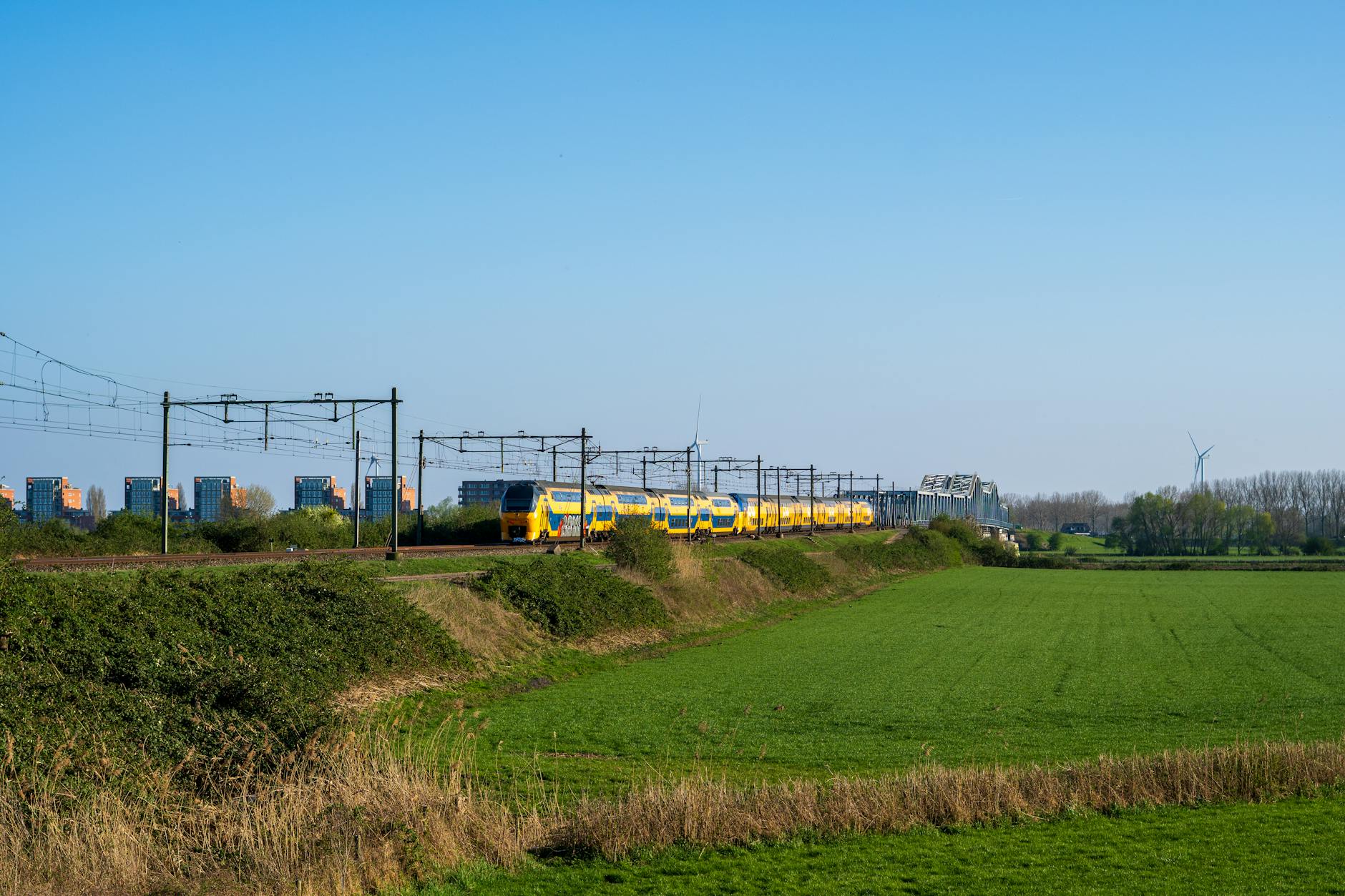The Future of Transportation: Hyperloop Technology

Revolutionizing Travel with Hyperloop
Imagine being able to travel from one city to another at the speed of a commercial airplane, but with the convenience and comfort of a train. This is the promise of Hyperloop technology, a groundbreaking transportation system that could change the way we think about travel.
How Hyperloop Works
Hyperloop utilizes vacuum tubes and magnetic levitation to propel pods at high speeds through a low-pressure environment. This eliminates air resistance and friction, allowing for incredibly efficient and fast transport.
Potential Benefits
One of the key advantages of Hyperloop is its speed. It has the potential to travel at speeds of up to 700 mph, reducing travel times between cities significantly. This could have a major impact on urban development, as people could live further away from their workplaces and still commute in a reasonable amount of time.
Challenges and Obstacles
While the concept of Hyperloop is exciting, there are still many challenges to overcome before it becomes a reality. These include safety concerns, regulatory hurdles, and the high costs of infrastructure development. However, companies like SpaceX and Virgin Hyperloop are actively working on addressing these obstacles.
The Future of Hyperloop
Despite the obstacles, many experts believe that Hyperloop has the potential to revolutionize the way we travel. It could provide a sustainable and efficient alternative to traditional modes of transportation, reducing carbon emissions and congestion on roads and in airports. Only time will tell if Hyperloop will become a widespread reality, but the promise of this technology is undeniably exciting.




